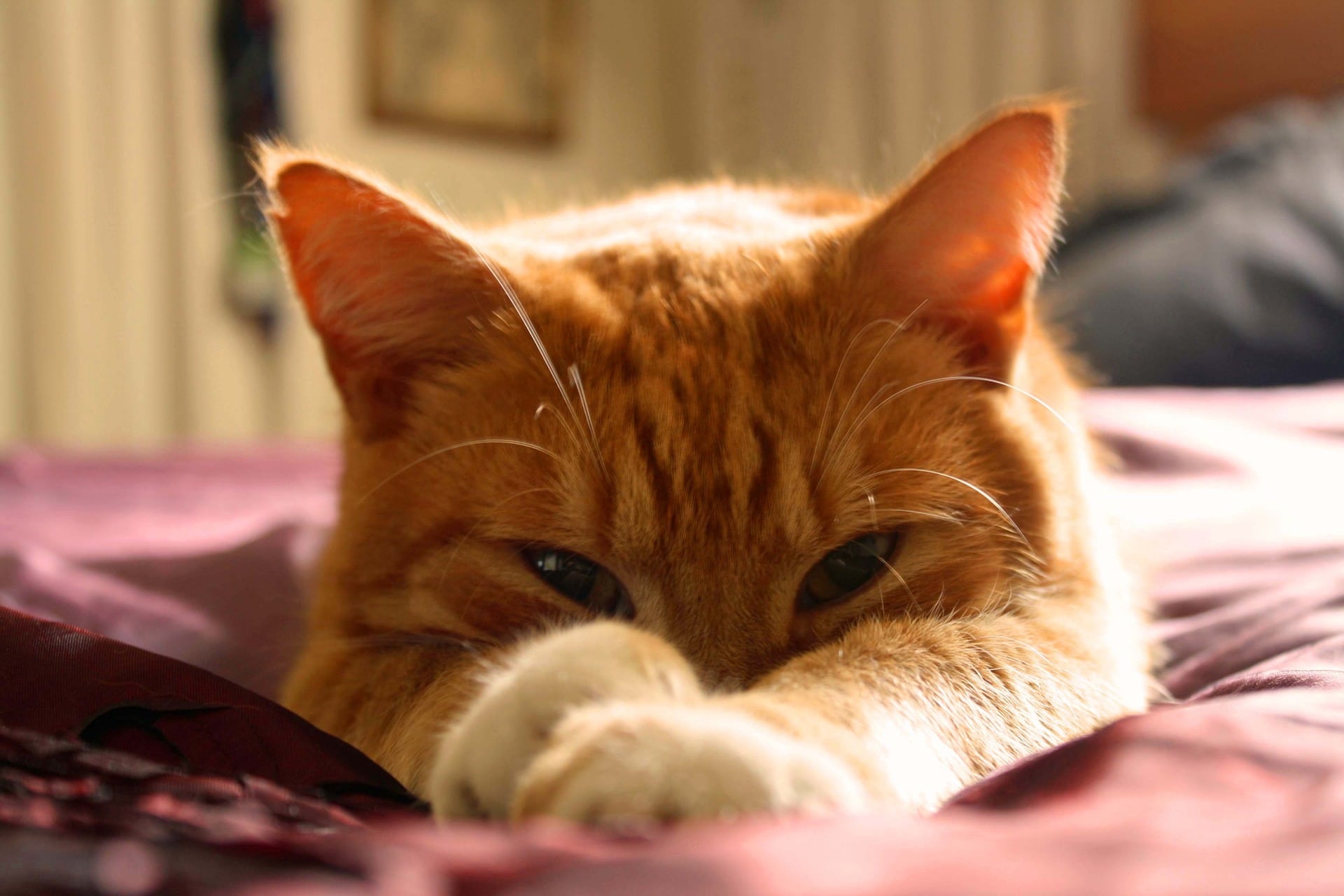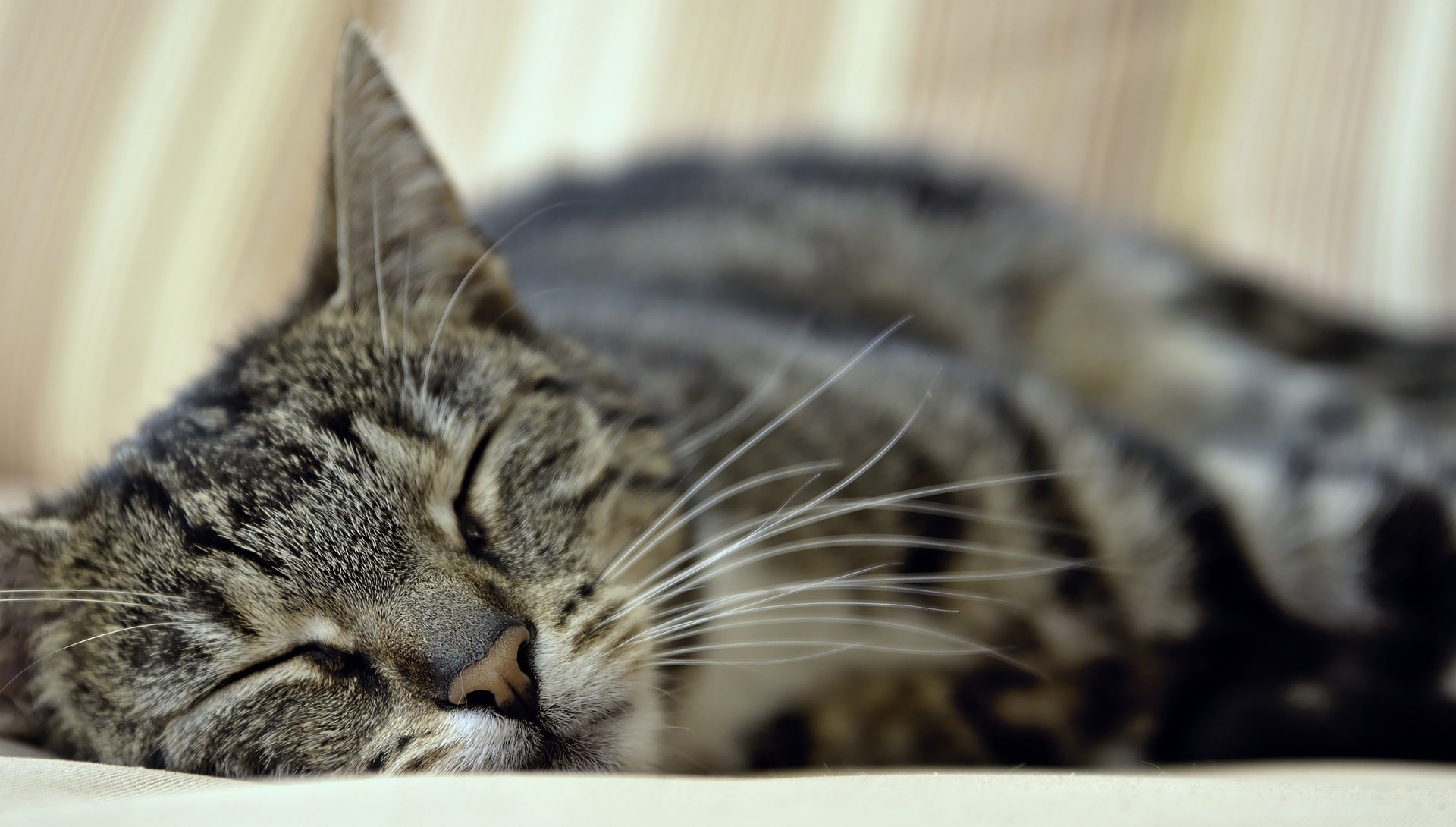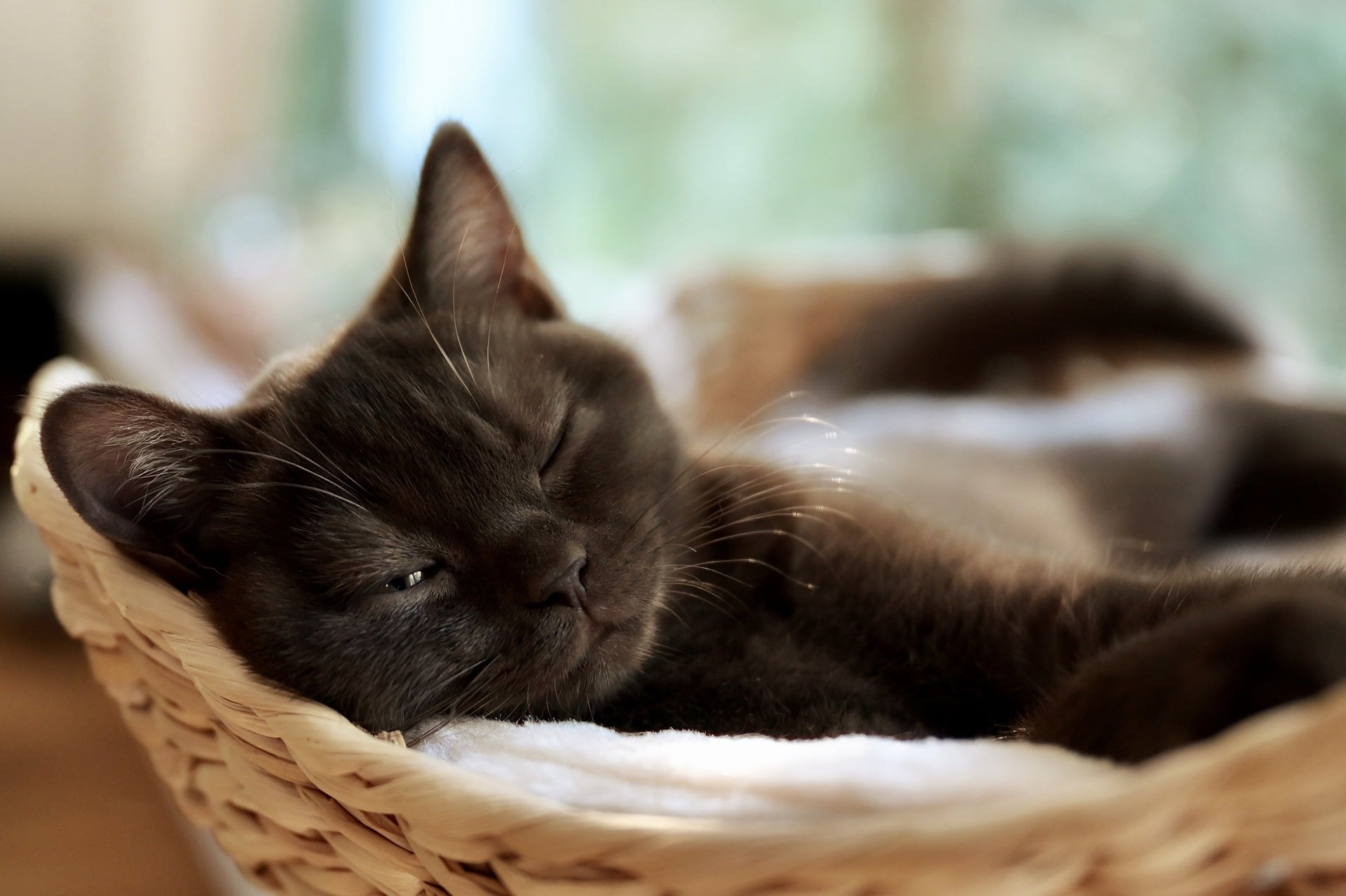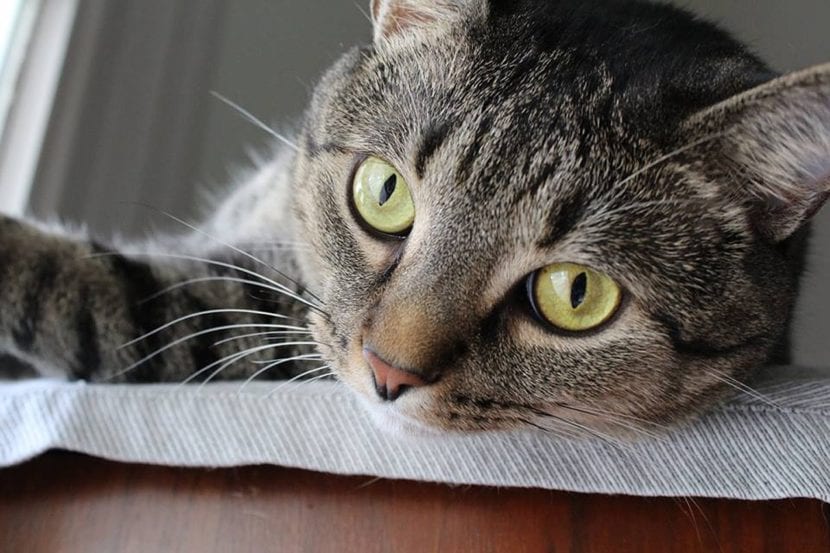
Although you should always try to avoid giving a cat a sedative or tranquilizer, the reality is that taking into account the low tolerance to stress that this animal has, sometimes there is no choice but to do so. For example, if it is a feline that can react aggressively in the veterinary clinic, the professional will choose to administer a drug, usually intravenously, to calm it down.
But How to sedate a cat? And because?
How to sedate him?

Talk to the vet
If we have a cat that we have to sedate, the first thing we will always do is consult with a veterinarian. We will never, under any circumstances, give you a medicine without your consent otherwise it could be fatal to the animal.
We have to explain to the specialist why we want to sedate him so that he can recommend the best sedative for our friend, which may be:
- Benzodiazepines: they are sedatives that relieve anxiety. Its side effects are drowsiness, disorientation, and increased appetite. Do not administer in cats with liver or kidney problems.
- Serotonin reuptake inhibitors (AIRS): They relieve anxiety, but can cause mild dizziness and disorientation. Avoid giving them to cats with heart disease.
- Phenobarbital: it is a narcotic and sedative that is used to treat epilepsy.
- Other sedativesClonidine and Gabapentin are sedative and also relieve anxiety in cats.
Provides the medication
Once the vet has recommended a sedative, we have to administer it when and how he told us. If it is a pill, we will mix it with wet food for them to swallow, or we will put it in their mouth. In the event that it is an injection, he will be the one to give it.
Take care of the cat
After giving you the medicine You have to wrap it with a blanket so that it does not get cold and monitor its vital signs. In case of doubt, it is necessary to consult with the veterinarian again.
Why do you have to sedate him?
There are several reasons that can lead a person to sedate their cat, among them:
- Avoid getting nervous and / or aggressive at the veterinary clinic.
- To cut his hair and / or bathe him in an animal groomer.
- As a treatment for anxiety.
- To better adapt to your new situation (for example, when a new member arrives at the home).
Are there other methods to calm him down?
If the medications do not convince you, you can try other types of sedatives, more natural, that will help your cat. One of them is the Feliway, which is a liquid composed of synthetic pheromones that relax cats. You will find it both in spray and diffuser that you can put in the rooms where the animal spends the most time.
Another of them is Cylkene, which are food supplements that come from a milk protein that has sedative or calming effects on the cat. It is sold in veterinary clinics, pet stores and on the Internet.
Another way to calm it is by putting classical music and trying to lead a quiet life. From experience I can tell you that this works.
Anesthesia in cats and sedation

On many occasions, when it is necessary in veterinary medicine to sleep or calm the cats, anesthesia is used. Many pet owners fear anesthesia. Anesthesia, defined as a 'loss of sensation', is commonly used in veterinary practices and provides an essential tool for surgical or other painful procedures that are recommended for your cat's health.
It is used to neuter or sterilize cats, in dental cleanings or in some circumstance in which the cat has to be without moving or calm in processes of pain. The cat appears asleep when anesthetized. Then We are going to give you some information so that you understand what it is about and above all, to reassure you in case you have to apply it to your cat.
Anesthesia is expected to be used when your cat is spayed or neutered, in dental cleanings, and more. Here is some information to help you better understand some of the commonly used types of anesthetics we use for pets.
Sedation before anesthesia
Cats are generally given sedatives or tranquilizers prior to anesthesia. These medications sedate and calm a cat so it can relax and put on a mask or trach tube necessary for inhalation anesthesia.
The vet will use various combinations to help reduce the risks of anesthesia while helping to alleviate pain and the level of sedation for the pet required for procedures that support the animal's health. Sedative drugs are given in a variety of ways, such as subcutaneously (under the skin), intramuscularly (into the muscle), or intravenously.
Injectable anesthetics
There are many different types of injectable anesthetic agents and we will cover some of the most common. Each of these elements has pros and cons. Talk to your vet about the risks of using certain anesthetics for a cat's procedure. Your doctor can reassure you about the type of anesthetic to use and why.. The most used are:
- Opioids: opioids are one of the most used premedications in dogs and cats. They provide both pain control and relatively low effects on the cardiovascular system, making them the drugs of choice for many pets with respiratory or heart conditions. Different opioids last for different periods of time in the body. Many opioids can be combined with other medications quite easily, making them an ideal option for premedication in many cats.
- Benzodiazepines- This class of drugs is considered one of the safest for veterinary patients and is generally a drug of choice for geriatrics. It has had a growing popularity in veterinary medicine. This class of drugs can cause an excitatory effect in some patients on rare occasions. It also has anticonvulsant effects and includes medications such as midazolam and diazepam.
- Ketamine: Ketamine is a dissociated anesthetic widely used as a pre-anesthetic drug and in combination with other drugs. It can also be useful for additional pain control in patients under anesthesia. Ketamine is used in many situations and is a key component of anesthesia in cats that are nervous about the vet, helping to ensure they receive the care they need.
- propofol: Propofol is a non-barbiturate hypnotic. Also called PropoFlo, Rapinovet, and Dipravan. Propofol is one of the most common induction agents used in veterinary medicine. It is fast-acting, offers a quick recovery period, and rarely causes drug side effects.
Inhalant anesthetics
Isofluorane is an inhalant gas that is commonly used in veterinary medicine. Most veterinary procedures use isoflurane or sevoflurane gas during anesthesia to help maintain patients in an appropriate degree of sedation and analgesia.
There are pros and cons to each of the injectable sedatives mentioned above. It is always a potential risk when using anesthesia for any pet, regardless of age or condition. Still, anesthesia is an important part of enabling procedures that support the health, comfort, and longevity of our pets. Ask your vet for a pre-anesthetic blood test. This precaution will help your vet determine the best anesthetic or combination of anesthetics for your cat.

Did you find it interesting?